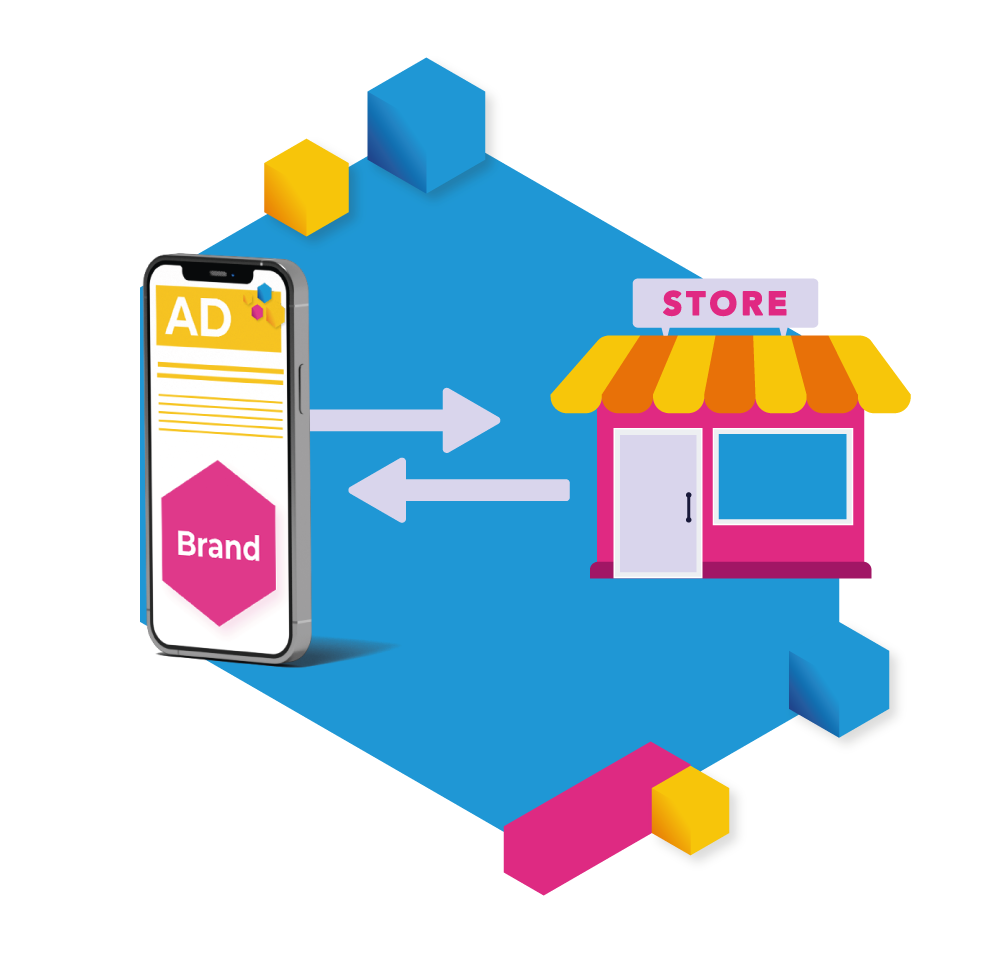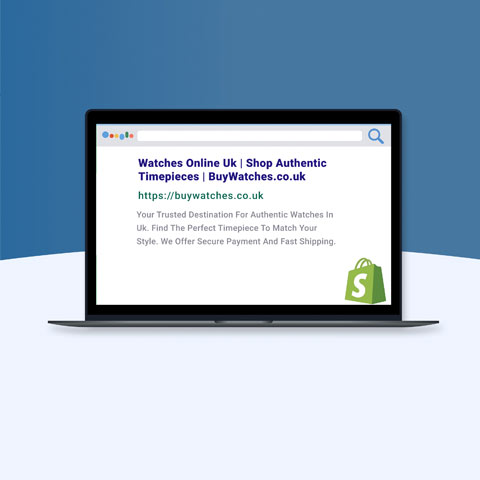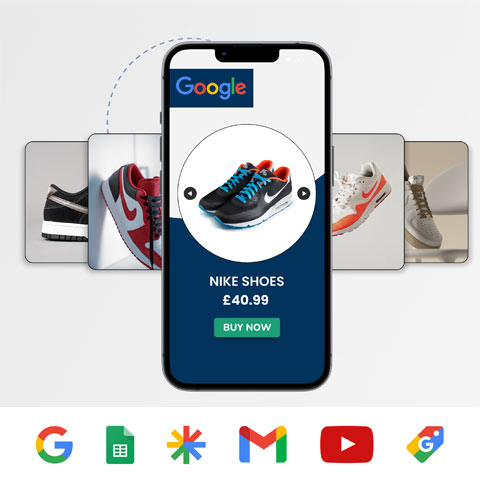What to expect from eCommerce in 2023


Channable’s CEO takes stock of the past year and shares his thoughts on the top trends driving the industry forward.
The word that best encapsulates this past year—both in eCommerce and beyond—is “transition.”
Not only have we begun to adjust to a largely post-COVID world, but we’ve also had to adapt to a number of social and political changes. The wake of the pandemic has left widespread economic uncertainty, rising costs, and volatile labor markets.
Rising global tensions and the outbreak of war in Ukraine have led to international trade disruptions and shaky supply chains.
And a general demographic shift—as members of Gen Z increasingly join the workforce and flex their new buying power—has spurred renewed reflections on how consumers value and evaluate preferred brands.
Together, these transitions have landed us in a charged eCommerce landscape where it’s difficult to predict what’s just around the corner.
Rather than trying to steer this ship through unfamiliar waters, the wisest voices in our industry are taking cues from consumers themselves and letting buyer behaviors and expectations take the helm.
So, what does this mean for the coming year—and how can retailers and marketing teams prepare to weather any potential storms? Below are four top eCommerce insights and observations to ease the way into 2023.
1. The division between online and offline shopping is breaking down.
Going into 2022, many eCommerce giants bet big on digital, predicting that the elevated online shopping numbers of the early COVID-19 era would hold. That hasn’t necessarily come to pass.
It’s true that eCommerce sales surged at the height of the pandemic, thanks to stay-at-home orders, consumer stimulus payments, and reduced opportunities to spend on experiences like dining out.
This trend drove many brick-and-mortar shops to bring their goods and services online on an accelerated timeline that shattered all records and forecasts.
On the whole, interest and activity in eCommerce has since stayed strong, and the industry itself has continued to grow.
And yet, as many analysts have pointed out, reports on the death of in-person shopping have been greatly exaggerated. Purchases at physical stores still account for almost 90% of all retail sales.
It turns out that eCommerce and in-person commerce aren’t at odds after all. In fact, the boundaries between these two shopping experiences are growing increasingly thin.
With more small, local businesses adopting digital transformation—and, conversely, digital-native companies like Allbirds and Warby Parker opening physical retail stores—many brands are finding that online and offline initiatives can work in tandem to fuel their growth.
The most forward-thinking among them, including Bonobos and Starbucks, are tweaking their omnichannel marketing strategies to build a hybrid model, ensuring their online and offline customer experiences fit seamlessly together.
That way, they don’t have to choose between remote and in-person audiences and experiences—they can channel the best of both.
2. The rise of Gen Z means more social selling and more social consciousness.
Members of Gen Z—the segment of the population born between 1997 and 2012—are now coming into their own, with an estimated $360 billion in collective disposable income.
There are several characteristics that set Gen Z apart as consumers. For one thing, they tend to rely on social media platforms more than search engines to discover new products, and they’re far likelier than any generation before to purchase a product after seeing it on a social channel.
That means, for today’s marketers, social selling isn’t just quicker, cheaper, and more accessible than traditional advertising, it’s also the best way to connect with the next generation of buyers.
Another key consideration with Gen Z is their heightened commitment to social and environmental causes. That extends to the way they shop, with a substantial number willing to boycott brands that don’t meet their ideological expectations.
One recent Deloitte survey shows that 64% of Gen Z consumers are willing to pay more for an environmentally sustainable product, versus a cheaper but non-sustainable alternative.
3. For businesses, recession-proofing is key.
While it’s too early to say that a recession is a sure thing, it’s not too early for eCommerce retailers and business owners to heed the warnings and get their profit margins in order. A few basic tips and strategies can help merchants along the right track, including:
-
Keep operations as efficient as possible: This includes looking for opportunities to automate key workflows with tech-forward tools and optimizing any and all ad campaigns.
-
Market intentionally. For example, use data and analytics to define an ideal audience, track shopping and spending habits, cut products that aren’t hitting desired margins, and boost products that are. Prioritize channels that offer a higher return on ad spend.
-
Take full advantage of available marketplaces: This also means finding smaller, niche marketplaces that cater to a specific, dedicated audience and, importantly, take a smaller cut from each sale.
-
Keep teams nimble and up to speed. Fast-evolving technology, paired with the effects of the Great Resignation and a dearth of qualified labor, are leaving many eCommerce and marketing teams scrambling to keep up. Lean on industry experts and tech partners that offer built-in learning resources, intuitive platforms, and hands-on customer support.
Among other things, a looming downturn means that a race to the bottom with pricing is no longer sustainable. Now is the time to be strategic.
4. Breakthroughs are coming.
If there’s a silver lining to all this talk of recession, it’s that economic hardship tends to be a breeding ground for new ideas and inventions. One strongly suggested New Year’s resolution for eCommerce professionals is to embrace them.
There’s a tendency during uncertain times to take a conservative approach, protect existing assets, and avoid any form of risk.
But research has found that encouraging entrepreneurship and experimentation not only helps build a thriving business culture, it also yields better business results.
The key is to experiment with the right kind of advanced technology at your back and to use concrete data and intelligence to your advantage.
There’s a wealth of cutting-edge eCommerce solutions already on the market and an untold number on the horizon. Keep an eye out for those that will drive efficiency and effectiveness—and maybe even stimulate ideas of your own.
The bottom line
As we navigate a growing number of transitions and uncertainties heading into 2023, make them work for you and your business. Use the tools at your disposal to ensure you’re listening to your customers—and building strategies that meet their needs.
What does 2023 hold for Channable?
This coming year, Channable is going all in on innovation. Channable is investing in a team of creative thinkers and mapping out new products and features that will help eCommerce marketers thrive.
Sign up for a trial account to explore Channable platform and learn more about their emerging solutions—or browse open positions to join Channable growing team and help bring them to life.
Want more like this?
Want more like this?
Insight delivered to your inbox
Keep up to date with our free email. Hand picked whitepapers and posts from our blog, as well as exclusive videos and webinar invitations keep our Users one step ahead.
By clicking 'SIGN UP', you agree to our Terms of Use and Privacy Policy


By clicking 'SIGN UP', you agree to our Terms of Use and Privacy Policy
Other content you may be interested in
Categories
Categories

Want more like this?


Want more like this?
Insight delivered to your inbox
Keep up to date with our free email. Hand picked whitepapers and posts from our blog, as well as exclusive videos and webinar invitations keep our Users one step ahead.
By clicking 'SIGN UP', you agree to our Terms of Use and Privacy Policy








![[Research] Apps: The Secret Engine of Ecommerce Growth [Research] Apps: The Secret Engine of Ecommerce Growth](https://images.bizibl.com/sites/default/files/apps-and-web-similarweb-480.jpg)



